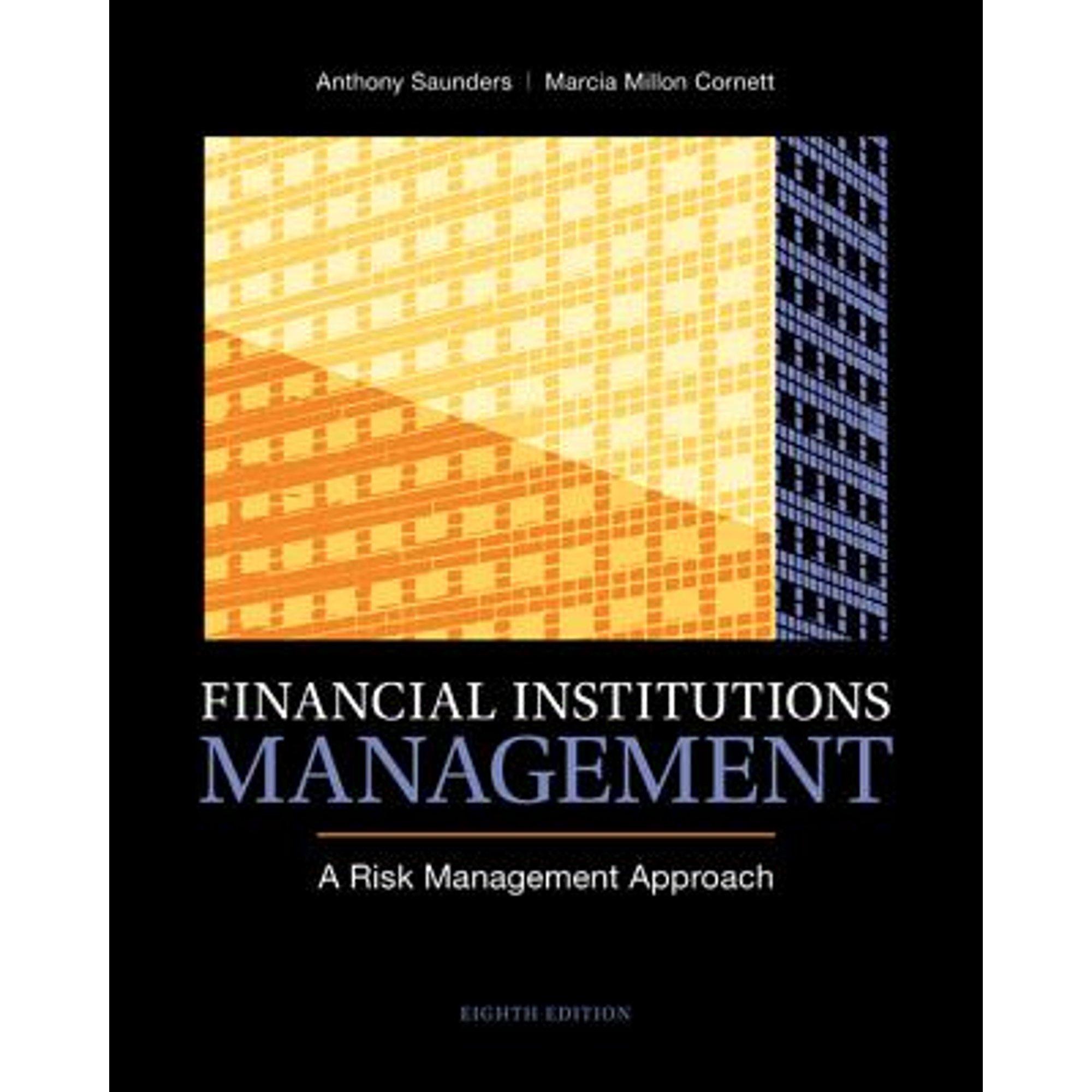The bank is a price taker in both the fixed-rate market at 9 percent and the rate-sensitive
Question:
The bank is a price taker in both the fixed-rate market at 9 percent and the rate-sensitive market at the T-bill rate plus 1.5 percent.
A securities dealer has a large portfolio of rate sensitive assets funded with fixed-rate liabilities. The dealer is a price taker in a fixed-rate asset market paying 8.5 percent and a floating-rate asset market paying the 91-day T-bill rate plus 1.25 percent. All interest is paid annually.
a. What is the interest rate risk exposure to the securities dealer?
b. How can the bank and the securities dealer use a swap to hedge their respective interest rate risk exposures?
c. What are the total potential gains to the swap?
d. Consider the following two-year swap of asset cash flows: An annual fixedrate asset cash flow of 8.6 percent in exchange for a floating-rate asset cash flow of T-bill plus 125 basis points. The swap intermediary fee is 5 basis points. How are the swap gains apportioned between the bank and the securities dealer if they each hedge their interest rate risk exposures using this swap?
e. What are the realized cash flows if T-bill rates at the end of the first year are 7.75 percent and at the end of the second year 5.5 percent? Assume that the notional value is $107.14 million.
f. What are the sources of the swap gains to trade?
g. What are the implications for the efficiency of cash markets?
Step by Step Answer:

Financial Institutions Management
ISBN: 9780078034800
8th Edition
Authors: Anthony Saunders, Marcia Cornett





